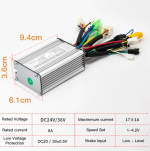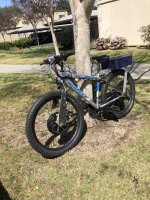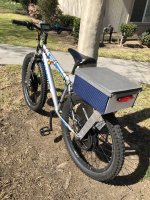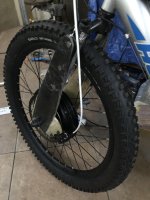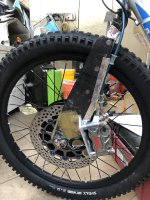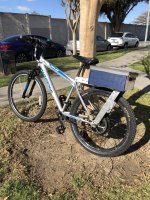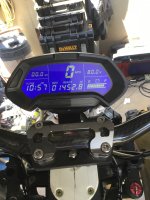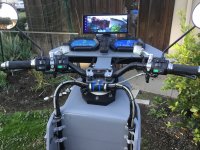Sorry, I don’t want want to derail your thread into a pros vs cons of dual motor debate, but every time I I see someone proposing doing it I wonder what the compelling reason is.
It’s an unusual use case in which the redundancy, traction, or weight balance benefits counter the negatives (cost, complexity, weight, risk, ugly wiring, troublesome tube/tire repairs).
If you already had a more than capable battery running a rear wheel setup that was a little underpowered, and a motorised front whee fell into your lap for free, I could completely understand.
But as a starting point for a design … I have to wonder what the decision tree looked like for someone to arrive at such an outlying branch.
Like I said, the only practical things that could/should steer you in that direction are redundancy, traction, or weight balance.
And even then, weight balance is better solved by a mid motor, so that one’s tenuous, and most traction concerns can be addressed via geometry and tire selection. That leaves redundancy as the only real compelling practical reason. But it’s not compelling, because there’s already intrinsic redundancy in the form of legs and cranks.
I’m only stating the practical perspective, not denying the validity of other criteria. A bike with a motor is cool. Two motors is definitely more cool, and at least twice as impressive.


